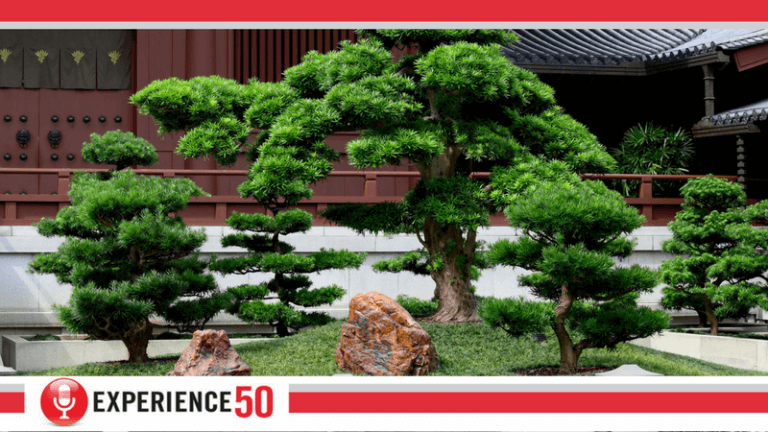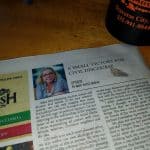
The Art of Bonsai and The Runaway Bride
“I was at first very tempted to just shut down and Bonsai myself- keeping myself emotionally protected from love.” Karen Salmansohn, best selling author of Prince Harming Syndrome
On occasion, does a choice of words just strike you? In reading Karen Salmansohn’s book, Prince Harming Syndrome, about choosing better men, the above quote hit me. Not in the way she intended though. It was the visualization of “Bonsai-ing” one’s self that grabbed me.
It reminded me of the rom-com movie The Runaway Bride, featuring Julie Roberts. Robert’s character adopts all of the likings and dislikes of her boyfriends. So much so, that she can’t recall exactly which way she actually likes her breakfast eggs cooked. Scrambled or over easy? She had always simply said “Same as you” or “I’ll have what you’re having”.
Back to the idea of Bonsai-ing. Just as in pruning the growth of a tree’s branches, we stunt our own personal growth when we fail to follow our own special interests. Like The Runaway Bride, some of us in midlife, don’t even remember what WE are interested in learning or doing. Suddenly the kids are gone, maybe the marriage fails and BAM! you are like an amnesia patient.
So I set out to do some research and found that when a gardener tends a Bonsai, they not only prunes the growth of branches but also the roots, the fingers of stability holding the earth. Hmmm. The gardener is taking drastic control of the plant’s growth. After looking into this, I discovered that the manipulation of natural growth takes a heck of a lot of work.
Bonsai Clamping
For larger specimens, or species with stiffer wood, bonsai artists also use mechanical devices for shaping trunks and branches. The most common are screw-based clamps, which can straighten or bend a part of the bonsai using much greater force than wiring can supply. To prevent damage to the tree, the clamps are tightened a little at a time and make their changes over a period of months or years.
Here’s where I’m going with this: Have you spent the first half of your life snipping away at your natural and organic passions? Now is the time to look back at what dreams or interests you set aside years ago. Find the “SOMEDAY” box and see what’s in there!
Bonsai Pruning
Pruning is often the first step in transforming a collected plant specimen into a candidate for bonsai. The top part of the trunk may be removed to make the tree more compact. Major and minor branches that conflict with the designer’s plan will be removed completely, and others may be shortened to fit within the planned design. Pruning later in the bonsai’s life is generally less severe, and may be done for purposes like increasing branch ramification or encouraging growth in non-pruned branches. Although pruning is an important and common bonsai practice, it must be done with care, as improper pruning can weaken or kill trees. Careful pruning throughout the tree’s life is necessary, however, to maintain a bonsai’s basic design, which can otherwise disappear behind the uncontrolled natural growth of branches and leaves.
We all restrain our dreams to some extent. My chances of becoming Tour Manager for Bruce Springsteen are pretty slim at this point (yes, it was a dream of mine a long time ago). Have you had some dreams? What happened? We Bonsai-ed ourselves.
Trouble is that when we prune our branches, we must also prune our roots and if we do that too often… we just fall down.
So let’s be gentler with ourselves and not slash away at our growth. Unscrew the clamps, put away the pruning shears, see what happens. Much more comfortable, take a big deep breath and exhale. Ahhhhh… Let your nature be your nature without constraint.



